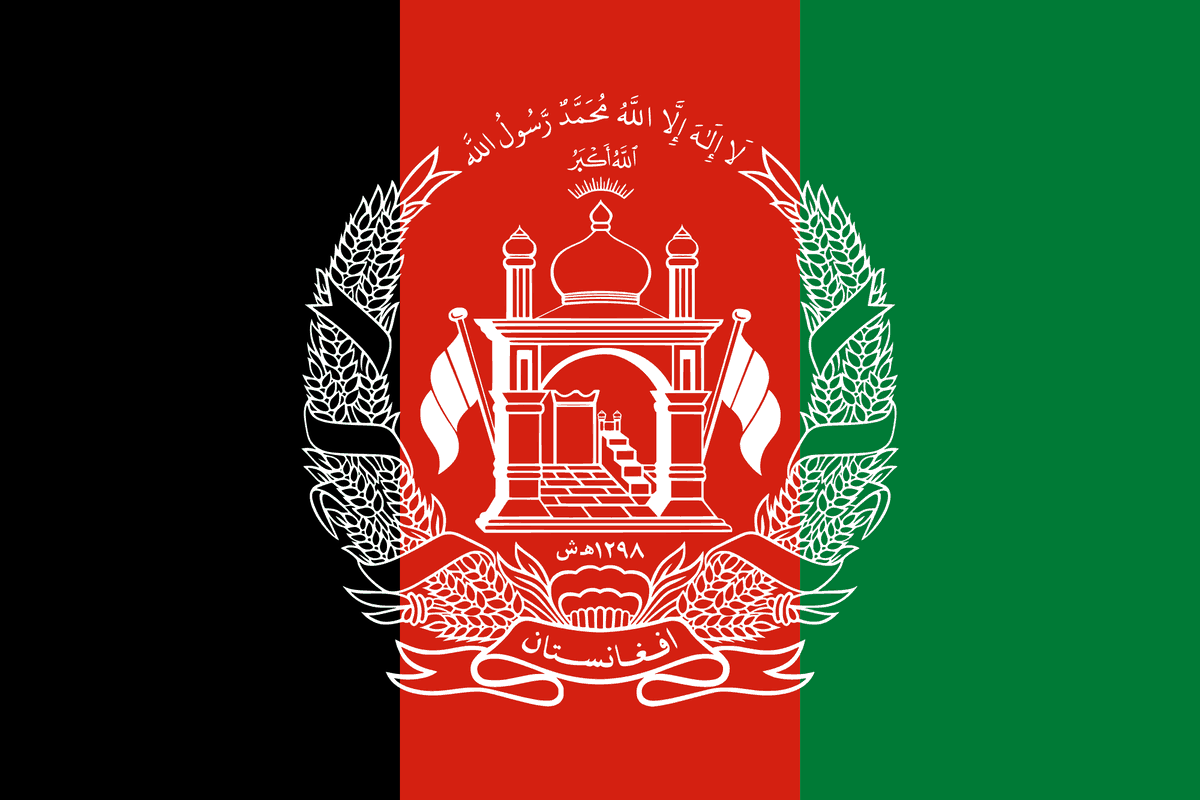Lt Gen H S Panag
Afghanistan has been the graveyard of empires for centuries and of two super powers in the last 40 years — the USSR, from 24 December 1979 to 15 February 1989; and the US, from 7 October 2001 to 29 February 2020.
India, despite being the second-biggest donor of foreign aid to Afghanistan and receiving adequate notice, merely watched the negotiations and signing of the US-Taliban peace deal from the sidelines and made no change in its approach towards the Taliban. No wonder, India was excluded from Taliban chief negotiator Mullah Abdul Ghani Baradar’s “thank you” list, which included Pakistan (special mention), China, Iran and Russia.
The ‘defeat’ of the US in Afghanistan, on the other hand, is the finest hour of Pakistan’s statecraft. Never in history a nation has plotted and actively abetted the ‘defeat’ of a super power and yet continued to enjoy its goodwill.
India with its economic clout and soft power can still be a major player in Afghanistan. But for that to happen, India will have to come to terms with the new reality and engage with the Taliban. Realpolitik is not about absolutism, but involves adaptation to promote national interests.
Afghan-born US envoy Zalmay Khalilzad and Mullah Baradar signed The Agreement for Bringing Peace to Afghanistan on 29 February, 2020, at Sheraton Hotel in Doha. The negotiations followed a chequered course which was less to do with “hard bargaining” by the US and more due to the Taliban displaying its clout with terrorist attacks against US troops, Afghan Armed Forces and civilians.
Shorn of diplomatic finesse, the “peace agreement” is nothing more than a face-saving exit for the US from its longest war. Afghanistan has been left to its fate like Vietnam was 47 years ago.
The agreement
The four-page agreement has been signed between the Islamic Emirate of Afghanistan, which is not recognised as a state by the US, and the United States of America. The Afghan government is not a party to the agreement. In fact, it is not even recognised by the Taliban. The future of Afghanistan will be decided by the intra-Afghan negotiations between the Taliban and “Afghan sides” beginning 10 March 2020. A separate Joint Declaration between the Afghan government and the US was issued in Kabul. This declaration contains the gist of the US-Taliban agreement and makes a commitment for a political settlement through intra-Afghan negotiations between the Taliban and an inclusive negotiating team of the Islamic Republic of Afghanistan (the government), and a permanent comprehensive ceasefire.
The Doha agreement broadly involves the withdrawal of US forces in a phased manner, removal of international sanctions on the Taliban, release of prisoners from both sides and Taliban’s commitment to reduce violence.
As part of the agreement, Taliban will not allow groups like Al-Qaeda to use Afghanistan to threaten the security of the US and its allies. But the agreement is silent on anti-India terrorist groups like Lashkar-e-Toiba and Jaish-e-Mohammed.
Future of Afghanistan
The fact that within 48 hours of the peace agreement and the joint declaration, President Ashraf Ghani said that the release of prisoners was not a promise the US could make and the Taliban resumed its operations against Afghan forces after just seven days of the pre-agreement “reduction in violence” promise, gives an indication of the complexities that will determine this future.
Post US exit, the Pashtun-dominated Taliban backed by Pakistan will be the most potent force and its return to power is ordained. The future of Afghanistan will be decided by the avatar in which it emerges to rule Afghanistan.
In the aftermath of the deal, two extreme possibilities can emerge in Afghanistan. The worst-case scenario is the Taliban going back to its pre-9/11 ways. The best-case scenario is a Taliban-led multi-ethnic coalition government on the Iranian political model with its moderation managed by leverage of international aid without which Afghanistan cannot survive and Pakistan’s influence. This will also be contingent on the leverage the international community can exercise over Pakistan.
The way forward for India
Realpolitik demand that India should prepare for both the best and the worst-case scenarios. Plan A should be based on the best-case scenario. Post 9/11, India has exercised considerable strategic influence and enjoys phenomenal goodwill among the people of Afghanistan. New Delhi has pumped in about $3 billion in developmental projects. A large number of Afghan military officers have also been trained in India.
New Delhi must shed its inhibitions to support the agreement, engage with the Taliban, and become part of the peace process to get the best for the people of Afghanistan.
As its principal sponsor, Pakistan has considerable influence over the Taliban. But India has what Pakistan does not have — the economic clout to assist Afghanistan. Economic aid never fails to produce influence. Our aid must not only continue but increase with firm commitments over the next 10 years. For India, $1 billion a year is a small price to pay for establishing its influence in Afghanistan.
We must also actively participate in India-China-Afghanistan trilateral economic projects as agreed upon at Wuhan in 2018. For this, we must prevail upon China to influence Pakistan to open trade and transit routes to Afghanistan. To this end, we must recommence our engagement with Pakistan with focus on economic cooperation and transit routes. This will also allay Pakistan’s fears of our influence in Afghanistan.
I foresee the deployment of a peacekeeping force under the UN or the Shanghai Cooperation Council. We must not miss the opportunity to be an active participant in Afghanistan.
To prepare for the worst-case scenario, we must engage with the non-Taliban ethnic coalition as and when it is formed and assist it economically and militarily through Tajikistan.
Lt Gen H S Panag PVSM, AVSM (R) served in the Indian Army for 40 years. He was GOC in C Northern Command and Central Command. Post retirement, he was Member of Armed Forces Tribunal.

